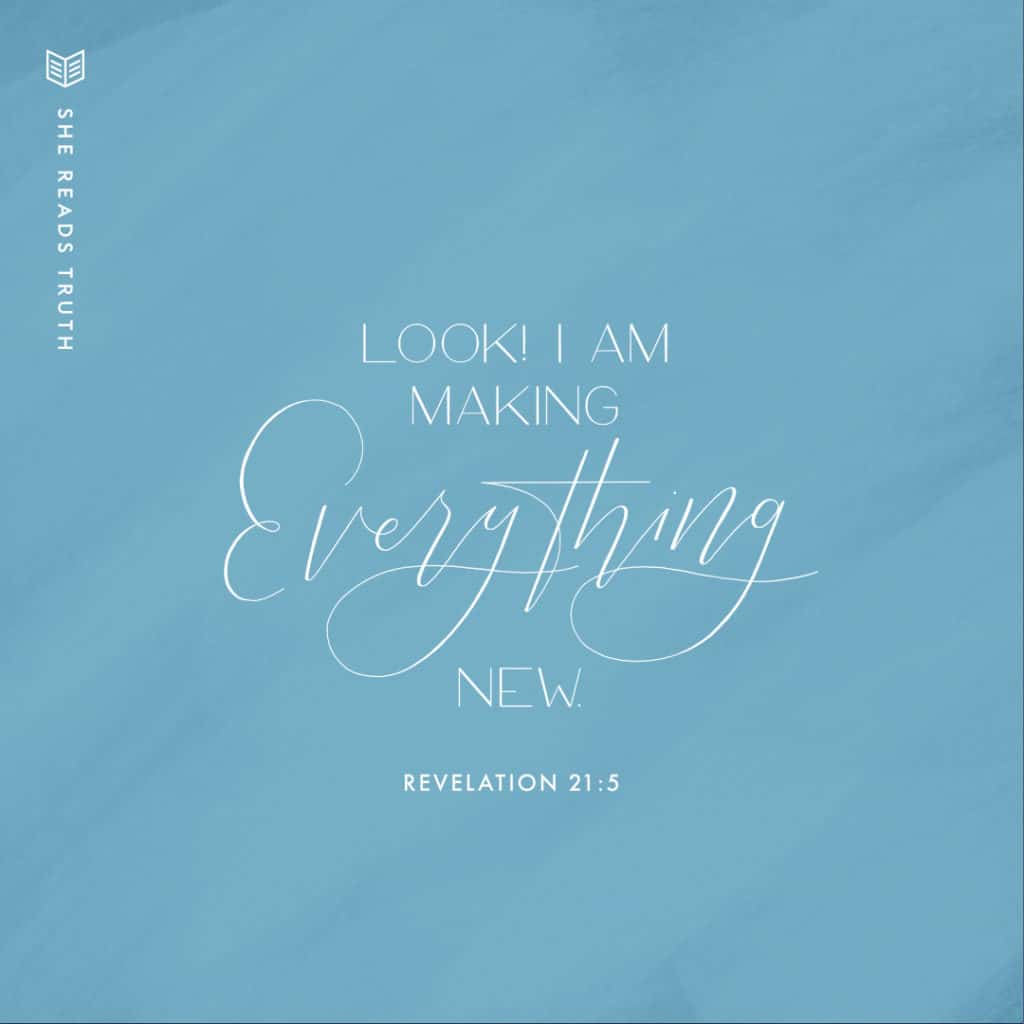Mortality and Life
Open Your Bible
Psalm 103:15-16, Psalm 90:12-17, 1 Corinthians 15:26, Psalm 139:1-24, John 15:9-11, Revelation 21:4-5
BY Bailey Gillespie
There is an Irish poet named John O’Donohue who writes blessings for many types of life experiences. In his piece “A Blessing for a Friend on the Arrival of Illness,” he says, “May you find in yourself a courageous hospitality towards what is difficult, painful, and unknown. May you use this illness as a lantern to illuminate the new qualities that will emerge in you.”
My friend Greg read this aloud at a songwriting retreat this spring, and the moment I heard it, I was moved. The poet’s words were at the same time deeply comforting and deeply provoking. Although Donohue was writing specifically of illness, his words spoke to the greater reality that each of our mortal bodies is slowly dying, yet there is wisdom and beauty to be harvested on the journey. We can use our mortality as a lantern. I don’t know about you, but I enjoy showing hospitality to others far more than I enjoy showing it to myself—especially to my fragile body.
In Psalm 103:15–16, the psalmist describes how our days are like the grass and flowers of the field that vanish. There is beauty in this fragility. But our modern culture is uncomfortable with our own mortality because we’re so removed from death—animal death, human death, even the death of our dreams. The American dream tells me I can have and do whatever my heart wants, but often what my heart wants is outside my control and slips through my fingers. It is like those grasses of the field. What endures is the life to come, our eternal inheritance that is sturdy and true and real enough to last.
Though it’s easy to admire the seemingly timeless endurance of human achievements like the great cathedrals or other wonders of the world, knowing that my own skin and bones are more susceptible to death than these is something of a paradox. How strange that these artifacts would outlive the humans who built them. But this past summer, we observed how even the grandeur of Notre Dame was not enough to protect it from being partially consumed by fire. Even what appears timeless isn’t always so.
We would be without hope if it weren’t for the promised redemption of all things. Christ is making all things new. Scripture says that “Death will be no more; grief, crying, and pain will be no more, because the previous things have passed away” (Revelation 21:4–5). The hope of new heavens and a new earth and new bodies doesn’t take away the sting of these current decaying ones, but it should relieve some of the despair attached to it.
May we show ourselves a courageous hospitality. May those deep, dark, dying places inside us reveal even deeper ways to enter into the love of Jesus, no matter what season we find ourselves in. Although the process is painful, it enlarges our understanding of God and what it means to be co-heirs with Christ and His coming, eternal kingdom. This is not all there is. Mourning will end in dancing, and death will end in life.

174 thoughts on "Mortality and Life"
-
“The process is painful but it enlarges our understanding of God”
I am so thankful that God is always with us even more so during the painful moments of our lives. -
I seem to be in a perpetual state of mourning and dancing at the same time. It is exhausting. The good news is Christ is near. I am learning.
-
I find myself very impatient during the mourning season. I want to move straight on to the dancing. Especially now that my family is in a mourning season with my husband’s job being very uncertain right now. My prayers this week will be centered on this season, and how the Lord will help me both with my impatience and to trust Him during this difficult season.
-
Let’s do it. I’m ready to be transformed.



Post Comments (174)